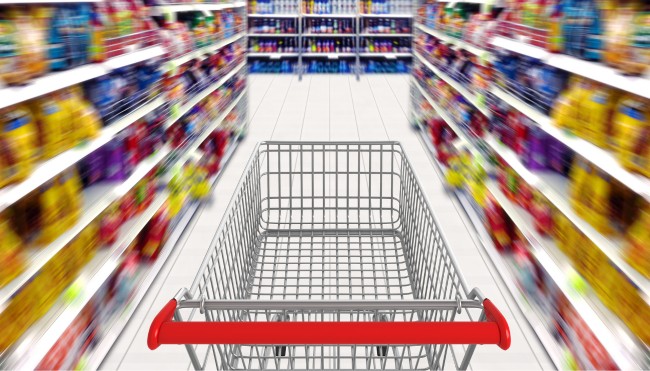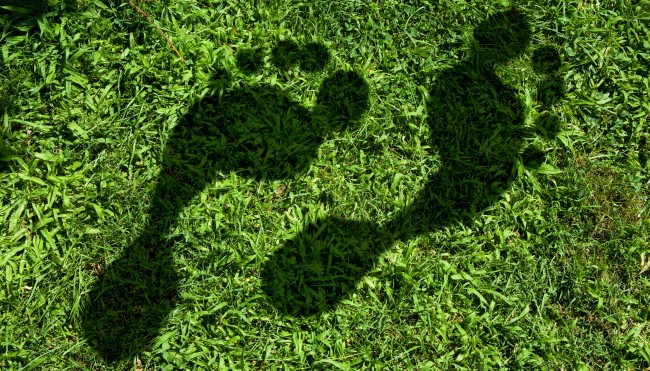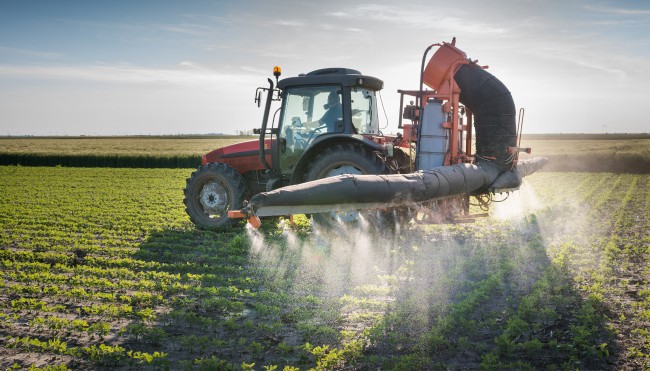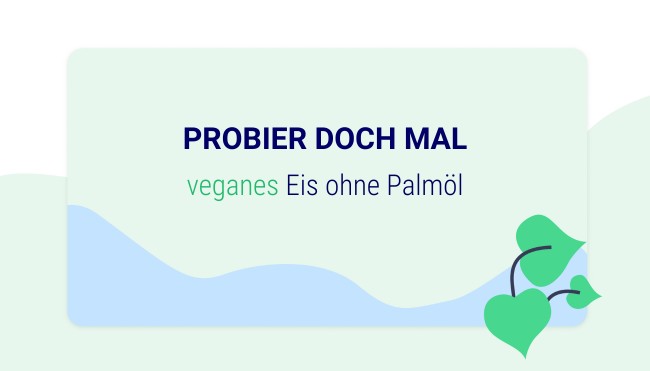5 foods with big water footprint
Every day, every British causes an average water consumption of about 2.757 litres. Only two per cent of it comes from direct consumption in the household. The majority is caused by indirect, invisible water consumption as part of food production. We will clarify for which consumer item 27,000 litres of water per kilo are needed and what you can do to reduce water consumption.
86% of the world's water is used to grow food. This indirect water consumption makes up a significantly larger proportion than our direct consumption through drinking, cleaning, washing or cooking. The problem is not water consumption alone. It depends on which water, when, where and how much of it is taken from nature.
The colour of virtual water consumption
Virtual water consumption is not bad per se. It depends on its colour. The unproblematic, green water consumption means the water that is taken up by the soil and by rain from the plants. Behind blue water is the amount of artificial irrigation that is taken from the natural water cycle. Grey water refers to the amount of clean water needed to dilute freshwater polluted by production. These three types together make up the water footprint of a product.
Since there is sufficient precipitation in the UK, the share of blue water in agriculture is low. However, climate change could change that, as the heatwave in 2018 and the resulting drought showed.
The water consumption of food in comparison
"The Water We Eat" has taken a close look at the water consumption of various foods.
Roasted coffee and beef are among the foods that need the most water for their production. With the production of one kilogram of beef consuming almost four times as much water as that of one kilogram of poultry. Meat consumption accounts for more than 30 per cent of total water consumption. Because this takes account not only of the drinking water for the animals but also the water which is needed for the food production and stable cleaning. Nuts, millet and raw rice also need a comparatively large amount of water.
These five food have a big water footprint:
1. Coffee (18,900 litres)
2. Beef (15,400 litres)
3. Chicken ( 4,300 litres)
4. Cheese (3,180 litres)
5. Rice (2,500 litres)
These five food have a low water footprint
Without exception, the top 10 places of the food with the lowest water requirement are occupied by vegetables and fruits. Above all tomatoes with 110 litres per kilogram, followed by carrots, potatoes, green salad as well as strawberries and onions. The following values refer to one litre of water per kilogram of food.
1. Tomatoes (110 litres)
2. Carrots (130 litres)
3. Potatoes (210 litres)
4. Green salad (240 litres)
5. Strawberries & Onions (280 litres)
Conclusion: vegetarians save a lot of water
People who consume little or no meat protect the environment through their food consumption. If you cannot do without meat completely, you can save just 2.08 kilos of beef and 32.219 litres of water per week on a single meatless day, based on an average per capita consumption of 14.6 kilograms of beef per year. This corresponds to the amount that is consumed in just 1.5 years with a daily shower. Only vegans can achieve even lower water consumption.
In addition, both retailers and consumers should pay attention to their water consumption in the country of origin for imported goods. So pick the apple from the region, rather than the mango from the water-poor Israel.
All in all, the rule of thumb can be derived: regional and seasonal shopping and moderate consumption of meat. This can save a lot of virtual water.
Links to other websites:





